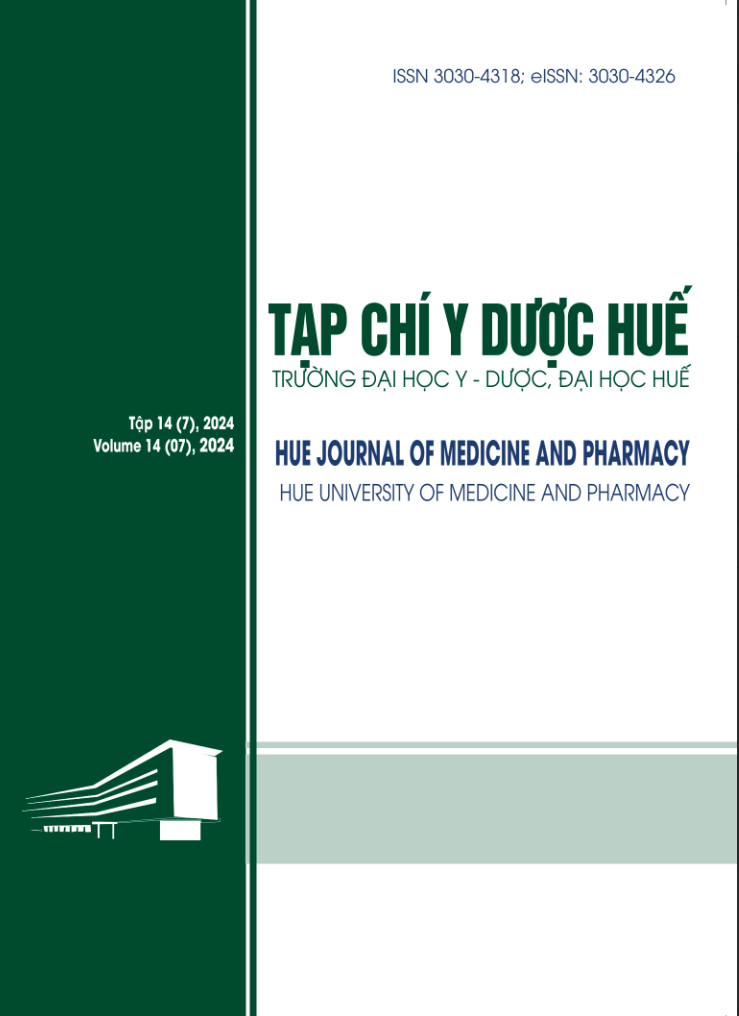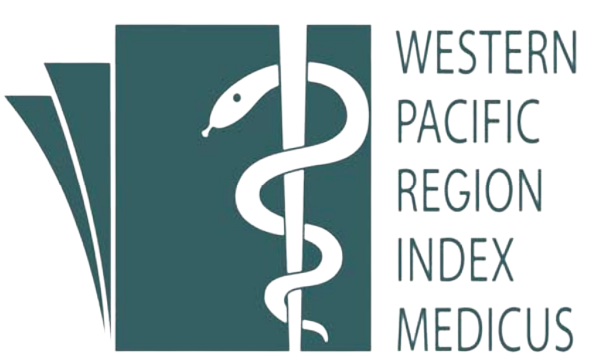Tóm tắt
Đặt vấn đề: Nhiễm khuẩn nặng (NKN) và sốc nhiễm khuẩn (SNK) là một trong những nguyên nhân gây tử vong hàng đầu trên thế giới. Chẩn đoán, tiên lượng mức độ nặng sớm đóng vai trò hết sức quan trọng giúp giảm tỷ lệ tử vong trong điều trị.
Mục tiêu: Khảo sát đặc điểm lâm sàng, cận lâm sàng và giá trị của một số yếu tố tiên lượng mức độ nặng ở bệnh nhân nhiễm khuẩn nặng (NKN) và sốc nhiễm khuẩn (SNK) ngoại khoa.
Đối tượng và phương pháp nghiên cứu: Nghiên cứu mô tả cắt ngang trên 122 bệnh nhân được chẩn đoán NKN và SNK theo tiêu chuẩn Sepsis - 3 cần điều trị hồi sức từ tháng 04/2023 đến tháng 05/2024.
Kết quả: NKN chiếm tỷ lệ 37,7% và SNK chiếm tỷ lệ 62,3% trong nghiên cứu. Tỷ lệ nam giới chiếm 59%, tuổi trung bình là 64,1 ± 16,9. Bệnh nhân SNK có thời gian nằm viện dài hơn (7 ngày và 4 ngày) và tỷ lệ tử vong cao hơn bệnh nhân NKN (52,6% và 10,9%), p<0,05. Điểm SOFA, APACHE II có sự khác biệt có ý nghĩa thống kê giữa bệnh nhân NKN và SNK, lần lượt là (3,5 điểm và 16,4 điểm) và (7 điểm và 20,7 điểm), p<0,05; giá trị albumin trước phẫu thuật, procalcitonin, lactat, khí máu động mạch, creatinin sau phẫu thuật có sự khác biệt có ý nghĩa thống kê giữa bệnh nhân NKN và SNK, p<0,05. Nồng độ albumin máu trước phẫu thuật, lactat, procalcitonin, điểm SOFA, APACHE II có giá trị tiên lượng tử vong ở bệnh nhân NKN, SNK với AUROC lần lượt là 63,0%, 64,2%, 67,8%, 74,0% và 75,7% với p<0,05. Khi kết hợp các yếu tố trên có giá trị tiên lượng tử vong tốt hơn với diện tích dưới đường cong AUROC là 78,5%, độ nhạy 86,4%, độ đặc hiệu 59,2%, p<0,05.
Kết luận: Bệnh nhân SNK sau phẫu thuật chiếm tỷ lệ cao 62,3% với tiêu điểm nhiễm khuẩn hay gặp từ đường tiêu hóa chiếm 91,0%, tỷ lệ tử vong còn cao 36,9%. Lactat, procalcitonin, albumin, điểm SOFA, điểm APACHE II đều có giá trị tiên lượng tử vong ở bệnh nhân NKN và SNK ngoại khoa, khi kết hợp các yếu tố này trên lâm sàng cho thấy giá trị cao trong tiên lượng tử vong với AUROC là 78,5%.
| Đã xuất bản | 25-12-2024 | |
| Toàn văn |
|
|
| Ngôn ngữ |
|
|
| Số tạp chí | Tập 14 Số 7 (2024) | |
| Phân mục | Nghiên cứu | |
| DOI | 10.34071/jmp.2024.7.6 | |
| Từ khóa | sepsis, septic shock, prognostic factors, mortality rate. nhiễm khuẩn nặng, sốc nhiễm khuẩn khuẩn, yếu tố tiên lượng, tỷ lệ tử vong |

công trình này được cấp phép theo Creative Commons Attribution-phi thương mại-NoDerivatives 4.0 License International .
Bản quyền (c) 2024 Tạp chí Y Dược Huế






